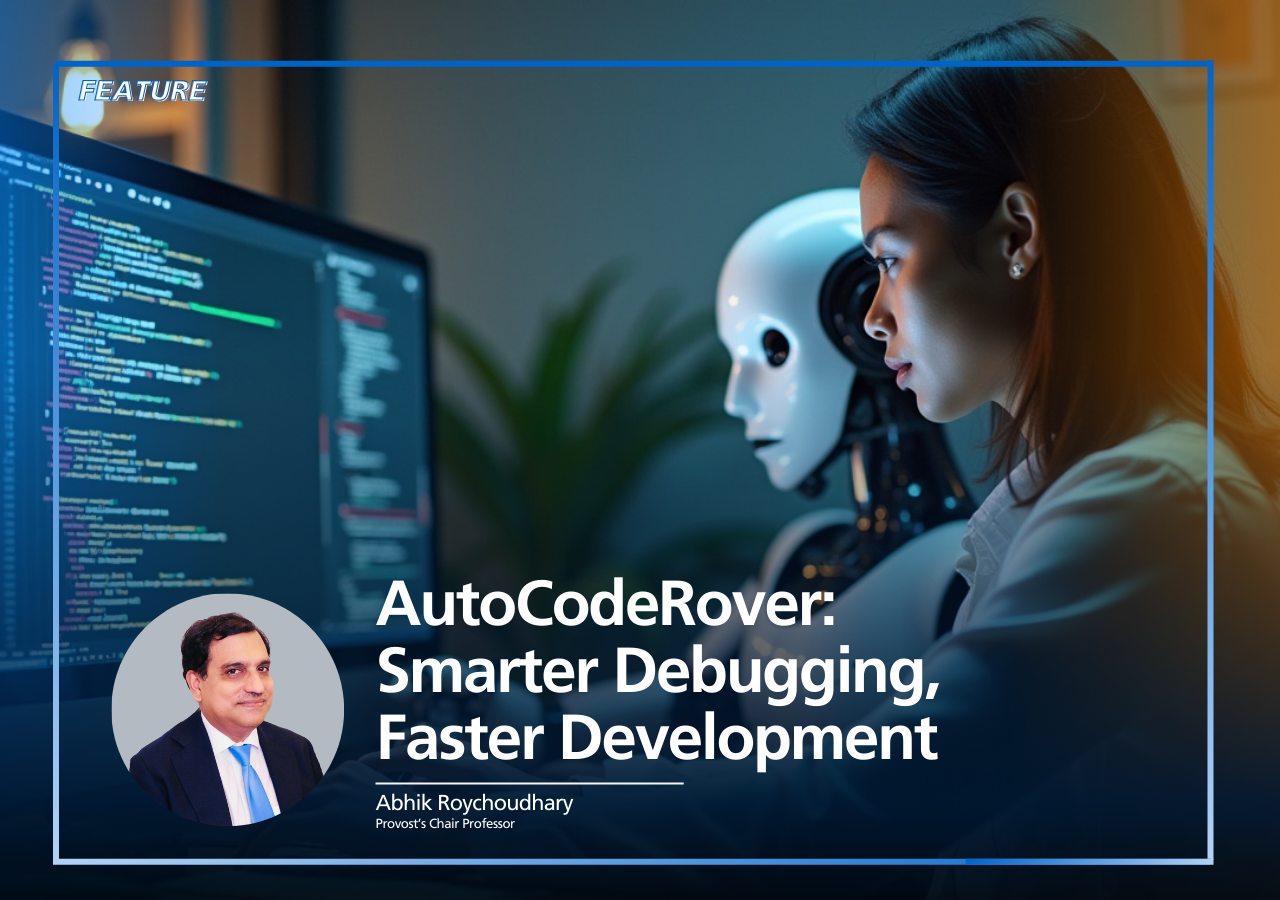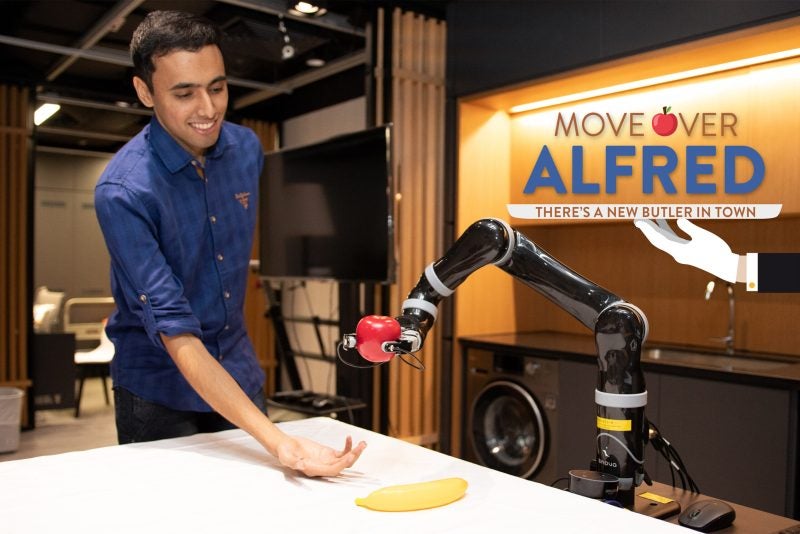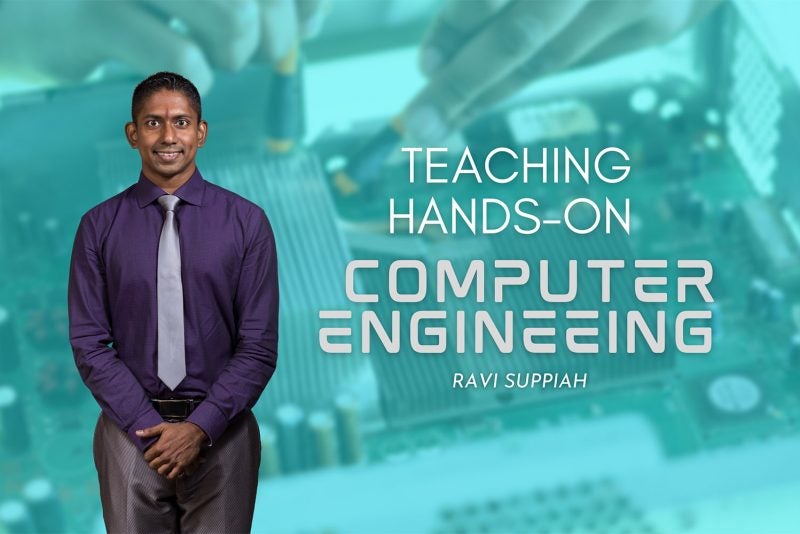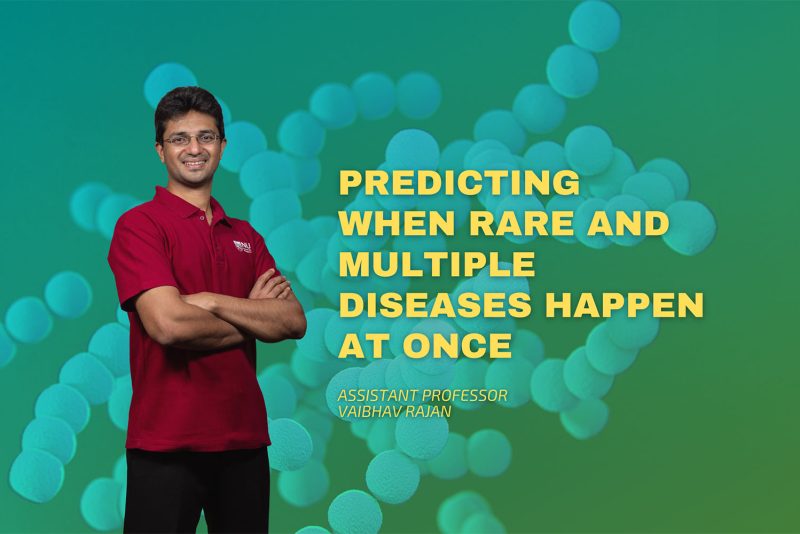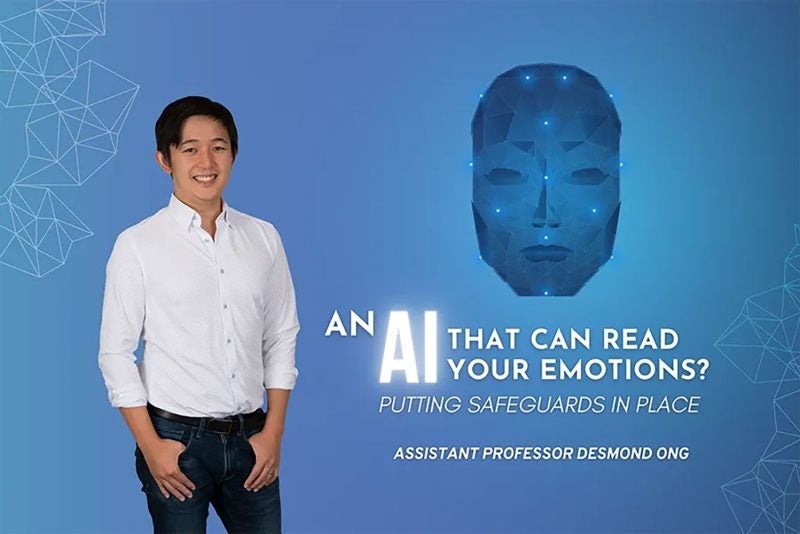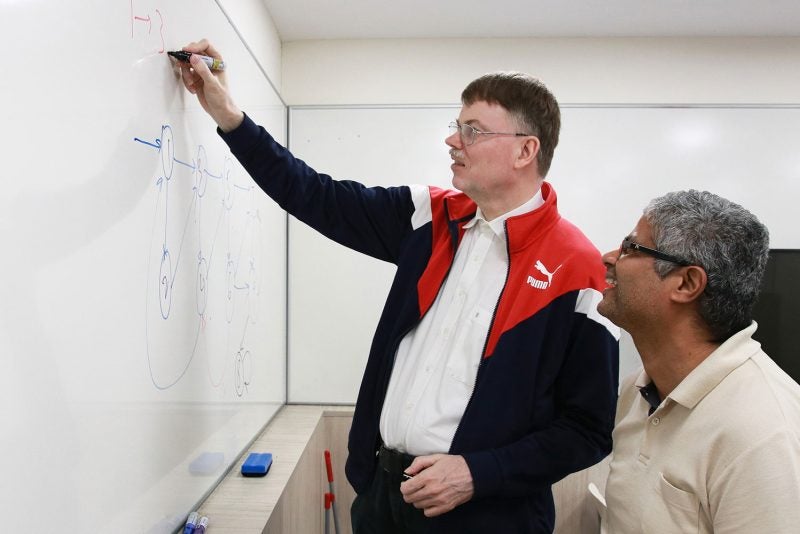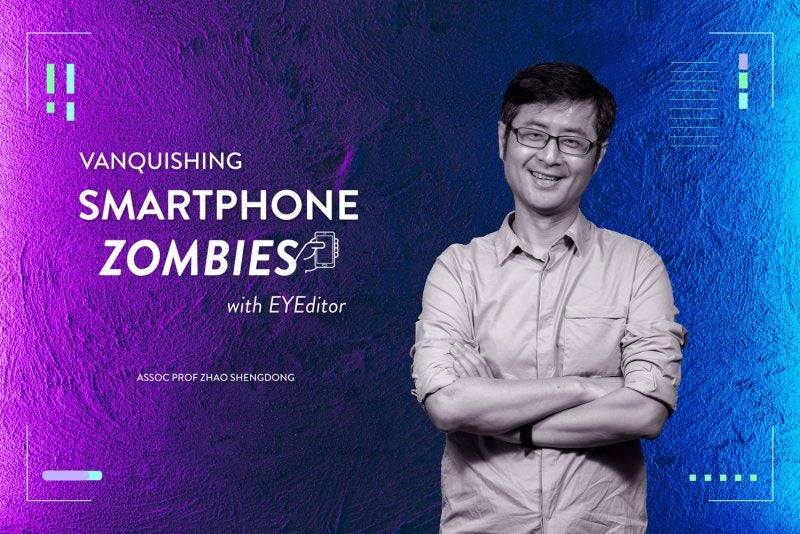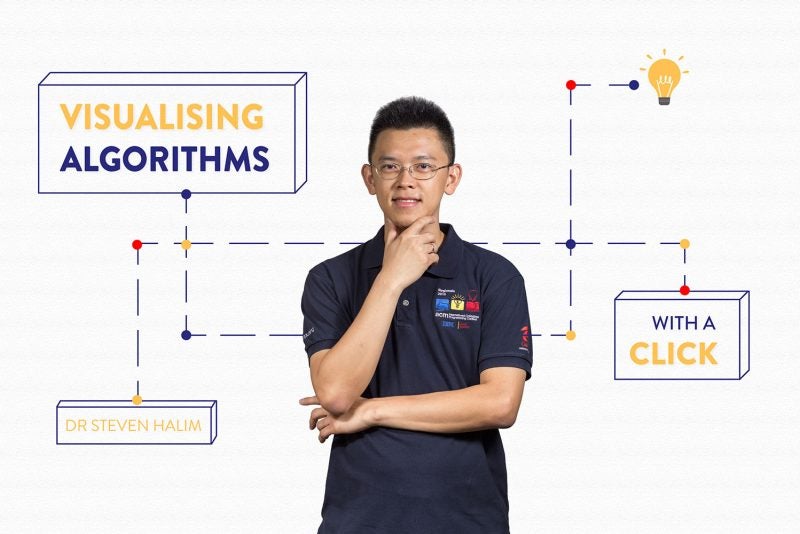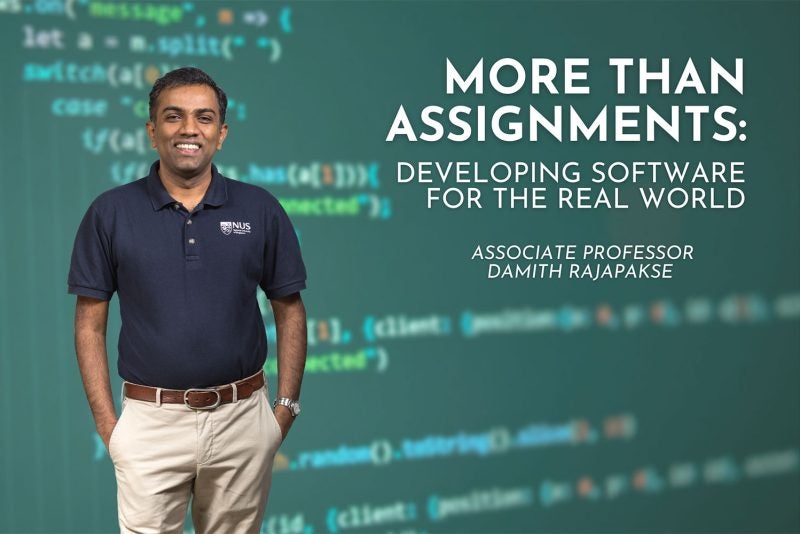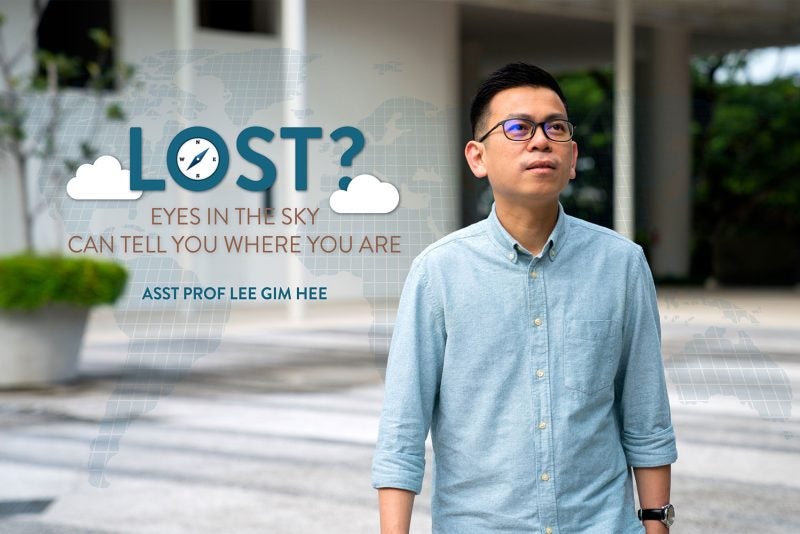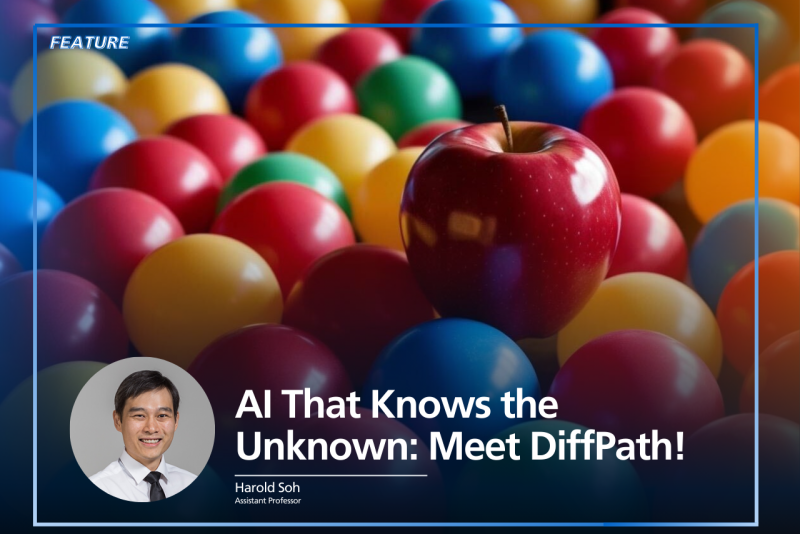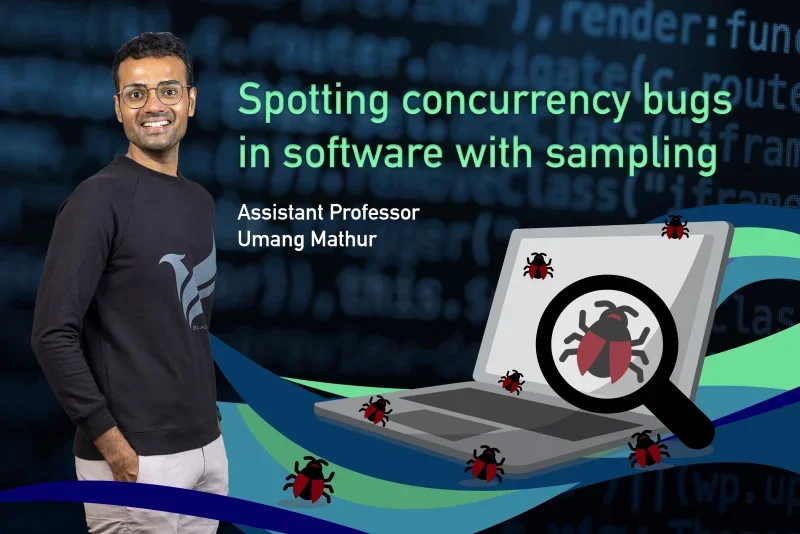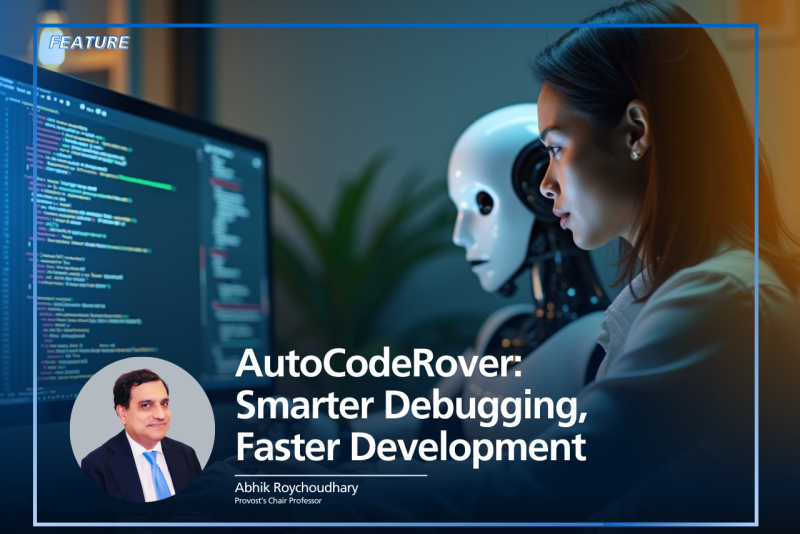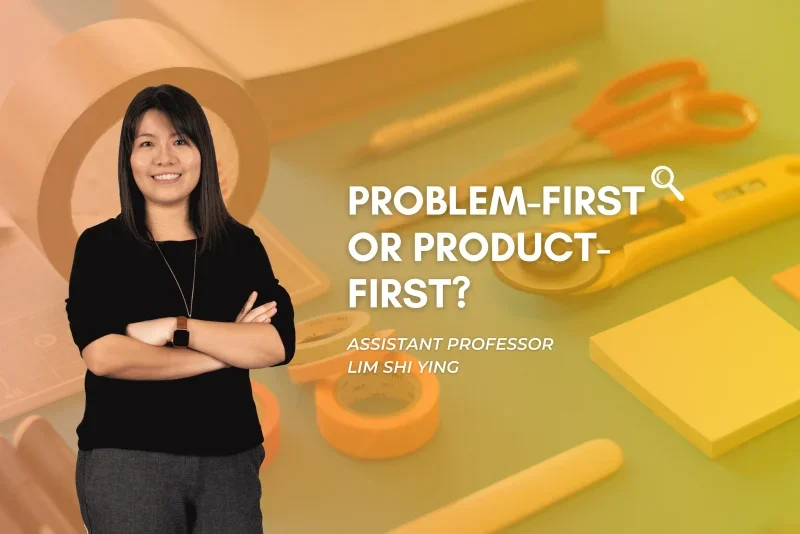Artificial Intelligence is transforming every industry, and software development is no exception. AI has already made its mark through tools like GitHub Copilot, which assists developers in writing code by predicting and generating suggestions as they type. These tools are making the development process faster and more accessible, but the latest breakthrough in AI-powered software engineering takes things to a whole new level. Researchers from the Trustworthy and Secure Software Research Group at NUS Computing lead by Professor Abhik Roychoudhury have developed AutoCodeRover, an AI system that not only writes code but also understands, improves, and debugs existing codebases. This innovation has the potential to revolutionize the way software is developed, making coding more efficient and opening doors to those who may not have traditional programming backgrounds.
The impact of AutoCodeRover is profound. Imagine an AI assistant that continuously monitors GitHub repositories, identifies issues, and autonomously suggests or even implements fixes. With AI stepping in to handle the repetitive and time-consuming debugging tasks, developers are freed up to focus on higher-level problem-solving and creative aspects of software development. The emergence of AI in this domain is not about replacing human programmers but about augmenting their capabilities, allowing them to work more effectively.
Unlike many AI-driven tools that navigate software projects by analyzing file structures and dependencies, AutoCodeRover is built on a different philosophy. It is an LLM agent for software—one that autonomously invokes various tools while using a large language model as its backend. While other LLM agents focus on scanning through file systems and looking at how components interconnect, AutoCodeRover takes a more developer-centric approach. It aims to infer developer intent by extracting specifications from a project’s structure using program analysis tools. In essence, rather than simply searching through files, it tries to understand what the developer was originally trying to achieve, making it much more effective at suggesting relevant and meaningful fixes.
Understanding AutoCodeRover’s Capabilities
AutoCodeRover is designed to analyze, understand, and improve existing codebases rather than merely generate code from scratch. Unlike GitHub Copilot, which suggests code snippets as developers type, AutoCodeRover works by scanning a repository for reported issues, understanding the problem in context, and proposing or implementing fixes. The system follows a two-step process that begins with context retrieval. In this phase, AutoCodeRover sifts through the project’s codebase, tracing dependencies and analyzing relationships between different files to pinpoint the root cause of the reported issue. It behaves like an experienced developer, methodically investigating where things may have gone wrong.
Once it has a grasp of the problem, AutoCodeRover moves on to patch generation. Using its understanding of the code structure, it drafts a potential fix and iterates through different solutions if the initial attempt is unsuccessful. This iterative problem-solving approach is reminiscent of how seasoned developers troubleshoot and refine their work. The difference is that AutoCodeRover can perform these tasks in a fraction of the time, speeding up the development process considerably.
Real-World Performance and AI’s Growing Role in Development
Researchers from the Trustworthy and Secure Software Research Group put AutoCodeRover to the test using SWE Benchlight, a benchmark dataset comprising real-world GitHub issues. The results were remarkable. AutoCodeRover managed to resolve 19 percent of the issues on its first attempt. With three attempts, its success rate climbed to 26 percent. In terms of efficiency, it took an average of four minutes to address an issue—a stark contrast to the estimated 2.5 days a human developer might need to resolve the same problem. These findings highlight the immense potential of AI-driven development tools to accelerate debugging and refinement processes, making software engineering more streamlined and cost-effective.
The broader implications of AI-assisted software development extend far beyond just fixing bugs. When combined with traditional debugging techniques such as spectrum-based fault localization, AutoCodeRover further improves its performance by narrowing down the search space for errors. AI-driven systems are evolving into indispensable collaborators, allowing developers to spend less time fixing errors and more time on innovation.
Changing the Landscape of Open-Source and Professional Software Development
One of the most promising applications of AutoCodeRover is in the realm of open-source software development. Open-source projects rely on community contributions to identify and address bugs, but these contributions can take time to materialize. With an AI-powered tool like AutoCodeRover, contributors could simply log an issue, and the AI could instantly begin working on a potential fix. This could lead to faster resolution of problems, more stable software releases, and lower entry barriers for individuals who wish to contribute to projects but lack deep technical expertise.
For professional developers, AI’s role is shifting from that of a simple assistant to a more integrated and collaborative partner. AI tools are becoming capable of refactoring code, suggesting performance improvements, and even identifying areas where security vulnerabilities may exist. As AI capabilities continue to evolve, software engineers may find themselves relying on these tools not just for efficiency but also for generating insights and uncovering optimizations they might not have considered on their own. The synergy between human intuition and machine intelligence is shaping a future where AI-enabled software development is more robust and efficient than ever before.
AI Beyond Debugging: A New Era of Feature Development
While AutoCodeRover’s primary focus has been on bug fixing and code refinement, it is already capable of assisting with feature development. By analyzing user feedback, identifying feature requests, and even generating prototype implementations, AutoCodeRover can help shape the evolution of software projects. Instead of simply reacting to issues, AutoCodeRoverproactively anticipates development needs, offering solutions before problems arise. This can transform software engineering into a more dynamic, efficient and proactive discipline, allowing developers to focus on crafting intuitive user experiences rather than spending time on routine maintenance.
AI-driven systems could also play a crucial role in accessibility, ensuring that software is more inclusive by automatically analyzing usability and suggesting improvements tailored to different user demographics. By making software development more responsive to user needs, AI tools have the potential to democratize innovation, allowing developers to create more thoughtful and user-centered applications.
The Challenges and Ethical Considerations of AI-Driven Development
Despite its promise, AutoCodeRover and other AI-driven development tools face several challenges. AI-generated code is not infallible—it can still produce errors, misunderstand intent, or introduce inefficiencies. This raises important questions about the role of human oversight. Developers must remain vigilant, reviewing AI-generated code carefully to ensure it aligns with best practices and meets the necessary quality standards.
Another key challenge in AI-driven development has traditionally been explainability. Unlike traditional software where developers can track and understand every step of the execution process, AI-driven code generation has often been criticized for operating as “black boxes,” making it difficult to discern why certain decisions were made. However, AutoCodeRover addresses this concern by explaining the fixes or code modifications, allowing developers to understand and evaluate its reasoning when suggesting fixes or modifications. Since AutoCodeRover is focused on inferring developer intent, it is natural for it to provide explanations. By providing insights into its decision-making process, AutoCodeRover enhances trust and usability, ensuring that its outputs align with developer expectations. Researchers are actively working on improving the interpretability of AI models so that developers can trust and refine their AI-assisted solutions with greater confidence.
Ethical considerations must also be taken into account. The increasing automation of coding tasks raises concerns about job displacement, intellectual property rights, and the risk of over-reliance on AI-generated code. It is crucial to strike a balance where AI serves as an enhancement to human skills rather than a replacement. AI should be viewed as a tool that amplifies human creativity and problem-solving rather than diminishing the need for skilled developers.
The Future of AI-Enabled Software Engineering
The rise of AI-powered tools like AutoCodeRover marks a new chapter in software development. The ability of AI to analyze, debug, and refine code is reshaping the programming landscape, offering unprecedented speed and efficiency. While tools like GitHub Copilot have demonstrated the power of AI-assisted coding, AutoCodeRover takes it further by actively improving existing codebases, reducing technical debt, and enabling faster iterations.
As we move forward, AI’s role in software engineering will continue to evolve. Developers will increasingly rely on AI not just to assist with debugging but to help design, optimize, and enhance software in ways that were previously unimaginable. This transformation is not about replacing human engineers but about empowering them with tools that allow them to build better software, faster, more efficiently, and at a higher level of abstraction.. AI is not merely a shortcut—it is a collaborator that will help shape the future of technology in profound ways. The future of AI-driven software development is one of symbiosis, where human ingenuity and machine intelligence work together to create groundbreaking solutions for the digital world.
Notes:
- AutoCodeRover was acquired by Sonar, the leading provider of code quality and code security solutions — Sonar Acquires AutoCodeRover to Supercharge Developers with AI Agents [19 February 2025]
- Also see Professor Roychoudhury’s opinion piece “AI Software Engineer: Programming with Trust” (with Corina Pasareanu, Michael Pradel and Baishahki Ray) on the future of software engineering with AI and whether LLM agents could dominate software engineering workflows.

